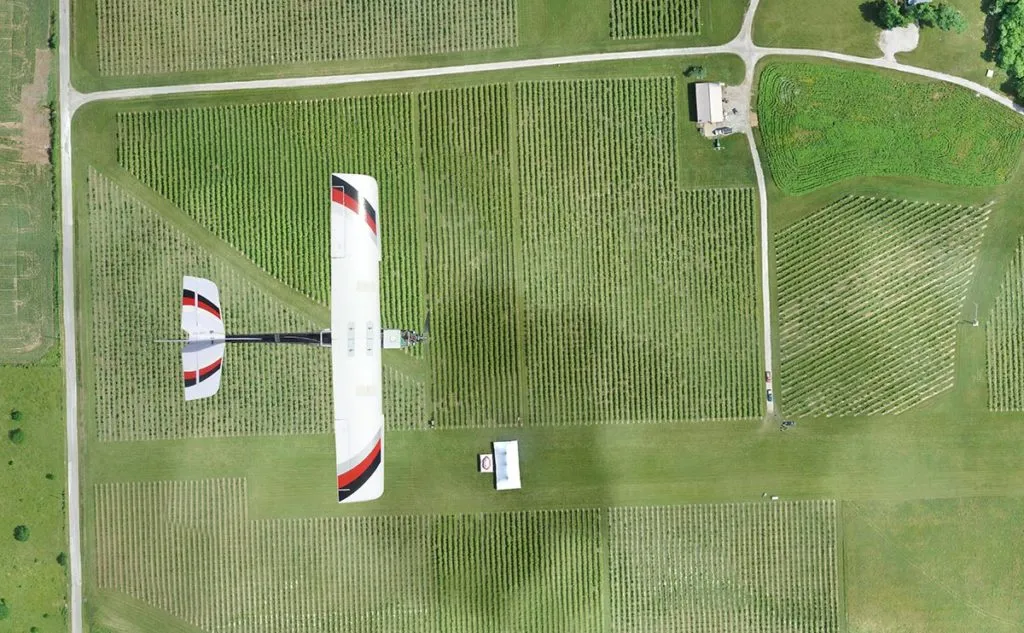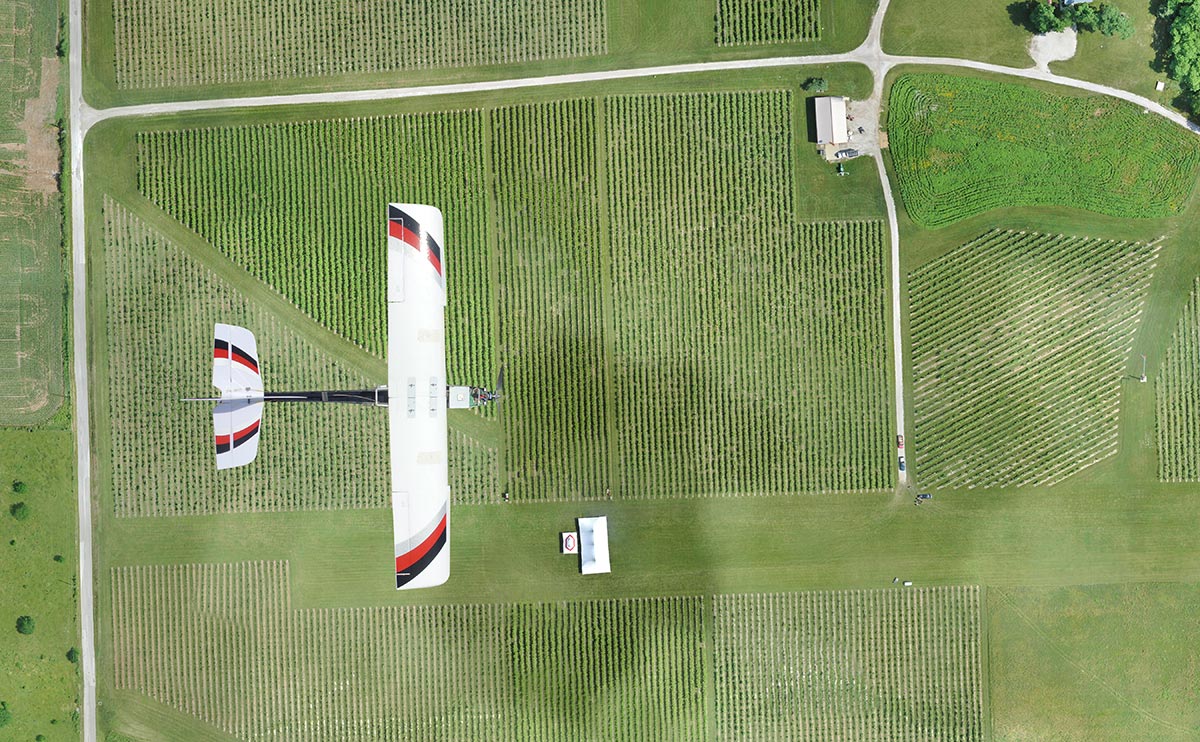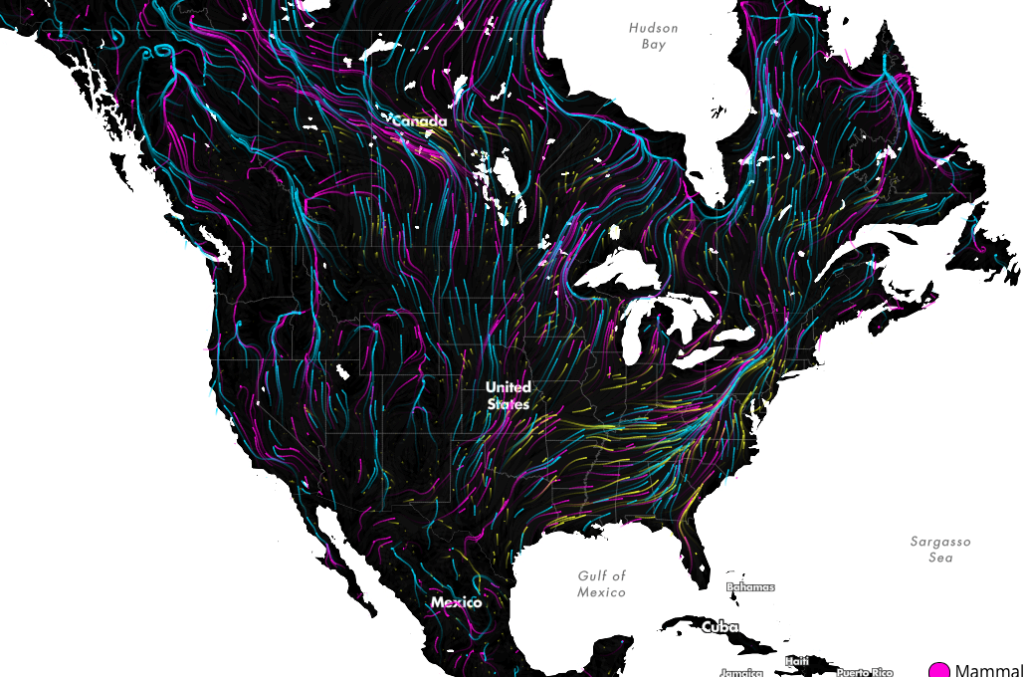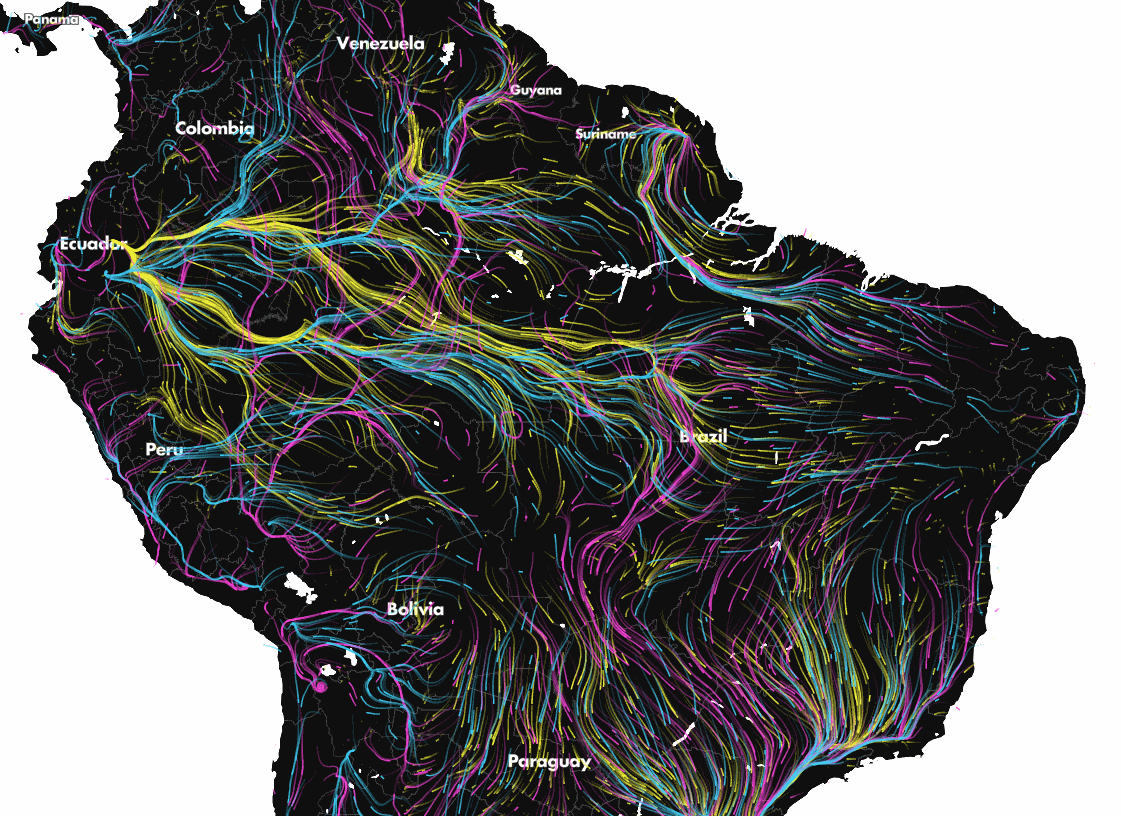
Drones beyond line of sight in USA?: FAA allows PrecisionHawk to fly drones beyond LOS
The commercial drone industry is expanding fast and is estimated to replace $127 billion worth of existing business services and labor by 2020 (PwC). The recent Federal Aviation Administration (FAA) Part 107 rules in the USA has laid the groundwork for the commercial drone era but can you fly drones beyond Line Of Sight (LOS)? Apparently not! Without such permissions, your pizza delivery drone has to be operated by someone who has LOS to the drone… Not terribly practical!
Drones beyond line of sight in USA?
The FAA, has however has one exemption to its “no drones beyond LOS rule” – they have allowed PrecisionHawk, the World Economic Forum’s 2016 technology pioneer to fly drones beyond Line Of Sight (LOS) up to 5km on private property (Read more: TechCrunch)

“In agriculture, now that we have an exemption to fly beyond the visual line of sight, we can fly an entire farm, not just one field, efficiently.” – Thomas Haun, EVP PrecisionHawk
“On the first day the rules were in effect the FAA had already granted 76 exemptions, most of them to companies that want to fly drones at night” – FAA Administrator Michael Huerta
In addition to exempting PrecisionHawk, the FAA did also provide the opportunity for other companies to get the permission to fly drones under the Part 107 rules. Anyone, who is interested in getting a waiver would have to met the requirements of the Pathfinder program and have to trained by an approved individual or company who has flown drones beyond LOS earlier aka via PrecisionHawk.






